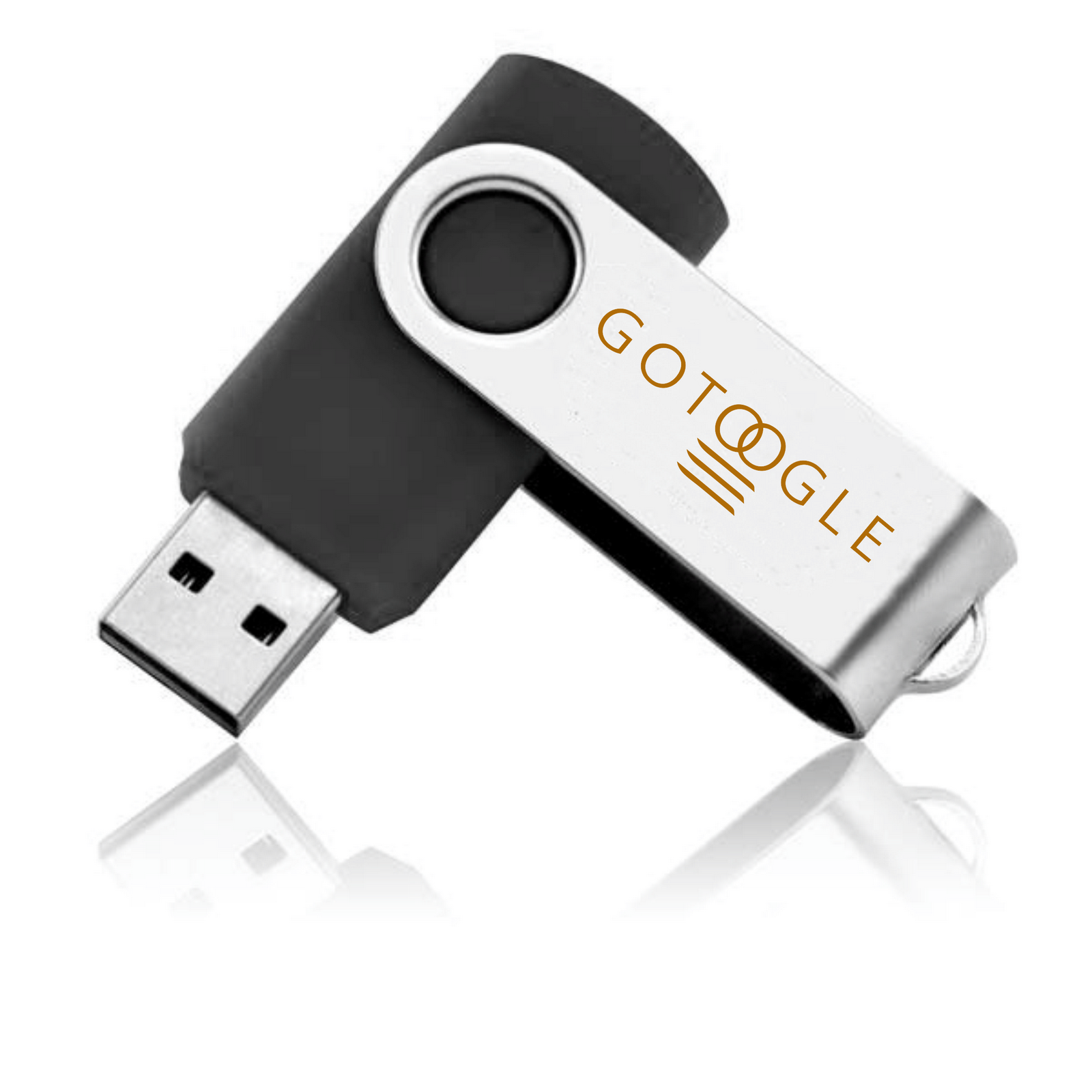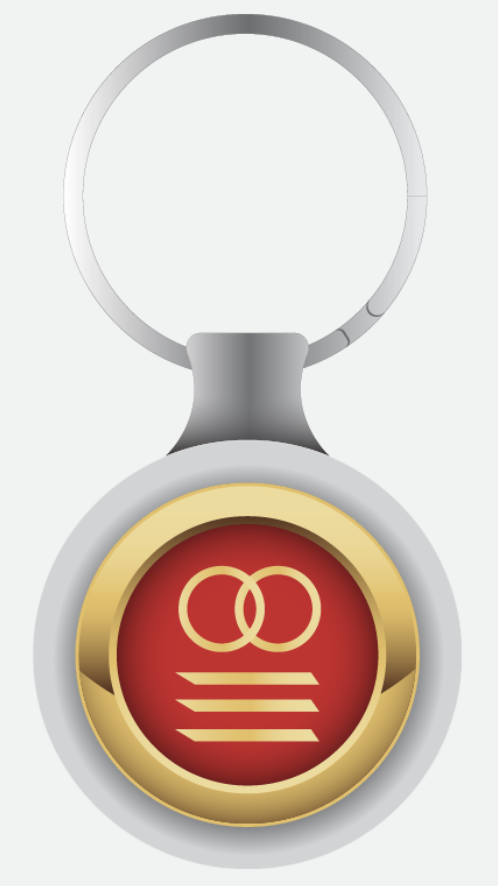
Make a Bootable USB on Windows
Rufus is widely considered to be the fastest and most reliable tool for the creation of a bootable USB. It also supports UEFI (“Unified Extensible Firmware Interface”), a mainboard firmware to be found on newer computers.
Operation of the tool is simple:
Unzip the downloaded file to your computer (Desktop).
Open the program with a double-click
Select your USB drive in “Device”
Select “Create a bootable disk using” and the option “ISO Image”
Right-click on the CD-ROM symbol and select the ISO file.
Under “New volume label”, you can enter whatever name you like for your USB drive.
You’ll receive the warning “ALL DATA ON THIS DEVICE WILL BE DESTROYED”, which you can confidently confirm with “OK”– at this point, you’ve ideally already saved any important files from the USB drive.
Click on “Start”.
As soon as the green bar is full, click on “Finish”.
Eject your bootable USB drive with “Safely eject hardware”
Rufus is comprised of only one window, and is very clearly arranged.
Make a Bootable USB on MacOS
Creating a bootable USB stick is very simple, especially if you’re going to use the USB stick with a generic Windows or Linux PC.
Apple hardware considerations
There are a few nuances when booting a USB Flash Drive on Apple hardware. This is because Apple’s ‘Startup Manager’, summoned by holding the Option/alt (⌥) key when booting, won’t detect the USB stick without a specific partition table and layout.
To ensure maximum compatibility with Apple hardware, first blank and reformat the USB Flash Drive using Apple’s ‘Disk Utility’. But this step can be skipped if you intend to use the USB stick with only generic PC hardware.
Launch Disk Utility from Applications>Utilities or Spotlight search.
Insert your USB stick and observe the new device added to Disk Utility.
Select the USB stick device (you may need to enable the option View>Show All Devices) and select Erase from the tool bar (or right-click menu).
Set the format to MS-DOS (FAT) and the scheme to GUID Partition Map
Check you’ve chosen the correct device and click Erase.
Install and run Etcher
To write the ISO file to the USB Flash Drive, use a free and open source application called
Etcher
. After downloading this and clicking to mount the package, Etcher can either be run in-place or dragged into your Applications folder. By default, recent versions of MacOS block the running of applications from unidentified developers. To side-step this issue, enable ‘App Store and identified developers’ in the ‘Security & Privacy’ pane of System Preferences. If you are still warned against running the application, click ‘Open Anyway’ in the same pane.
Etcher will configure and write to your USB device in three stages, each of which needs to be selected in turn:
1) Select image will open a file requester from which should navigate to and select the ISO file downloaded previously. By default, the ISO file will be in your Downloads folder.
2) Select drive, replaced by the name of your USB device if one is already attached, lets you select your target device. You will be warned if the storage space is too small for your selected ISO.
3) Flash! will activate when both the image and the drive have been selected. As with Disk Utility, Etcher needs low-level access to your storage hardware and will ask for your password after selection.
After entering your password, Etcher will start writing the ISO file to your USB device. The Flash stage of the process will show progress. This will be followed by a validation stage that will ensure the contents of the USB device are identical to the source image. When everything has finished, Etcher will report success.
Make a Bootable USB on Linux
If you are a Linux user you will already likely be familiar with the Command Line Interface or Terminal.
Use the dd command viz;
sudo dd if=<file> of=<device> bs=16M status=progress oflag=sync
where:
<file> is the name of the input image, e.g. Altima-Linux-AMD64-cinnamon.iso .
<device> is the device matching the USB flash drive, e.g. /dev/sdb.
Be careful to make sure you have the right device name, as this command is capable of writing over your hard disk just as easily if you get the wrong one!
status=progress outputs the current progress of the operation in your terminal.
oflag=sync flushes the cache so the operation is really finished when the command succeeds, the USB flash drive can be removed right after the command is finished.
To find the device name in the GUI type
disks to load the disks utility. It will list all HDD and SSD and USB disks connected to the system. Somehting like... /dev/sdb1 will be your inserted USB
. This is the name of the partition if the disk is mounted and already has a partician. If the disk is ejected it will be listed and /dev/sdb. That is what you want to write to.
Assuming your ISO file was downloaded to your Downloads folder and your user name is tim - the dd command would be.
sudo dd if=/home/tim/Downloads/Altima-Linux-AMD64-cinnamon.iso of=/dev/sdb bs=16M status=progress oflag=sync
